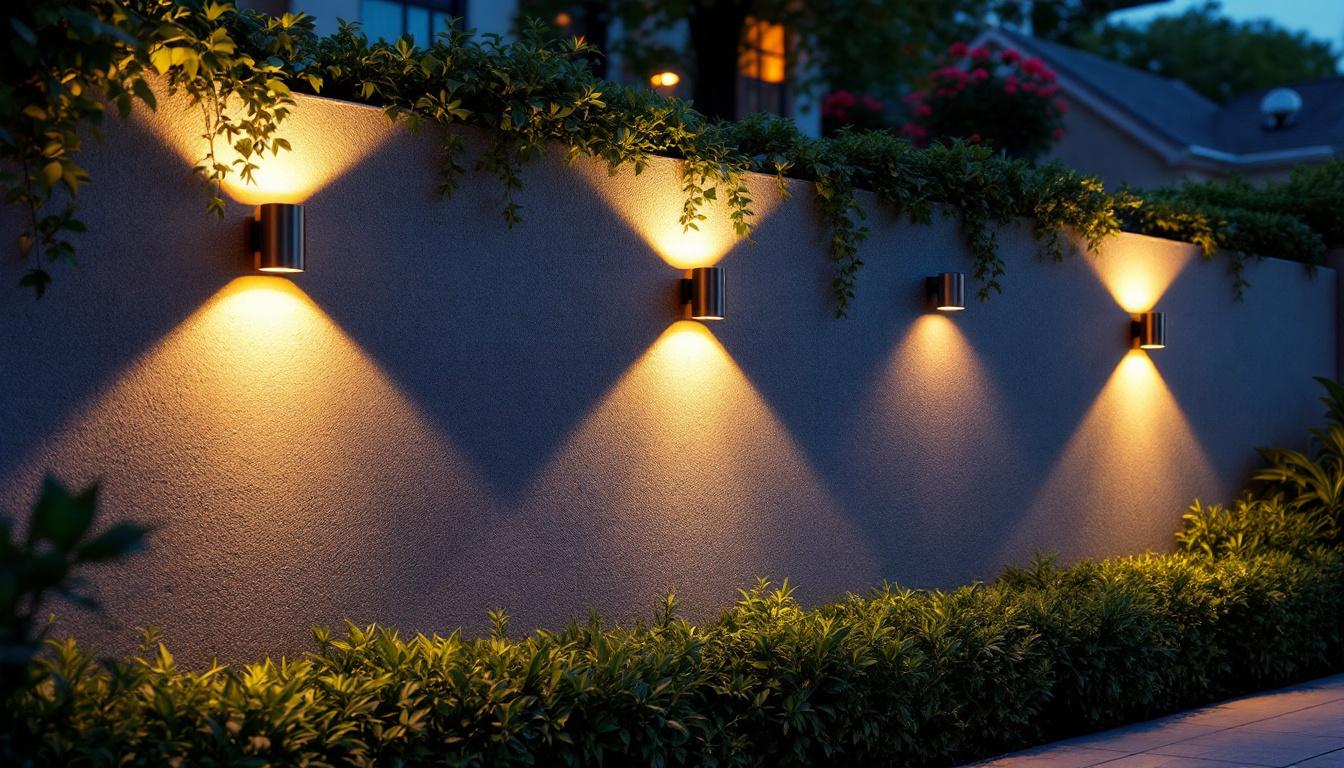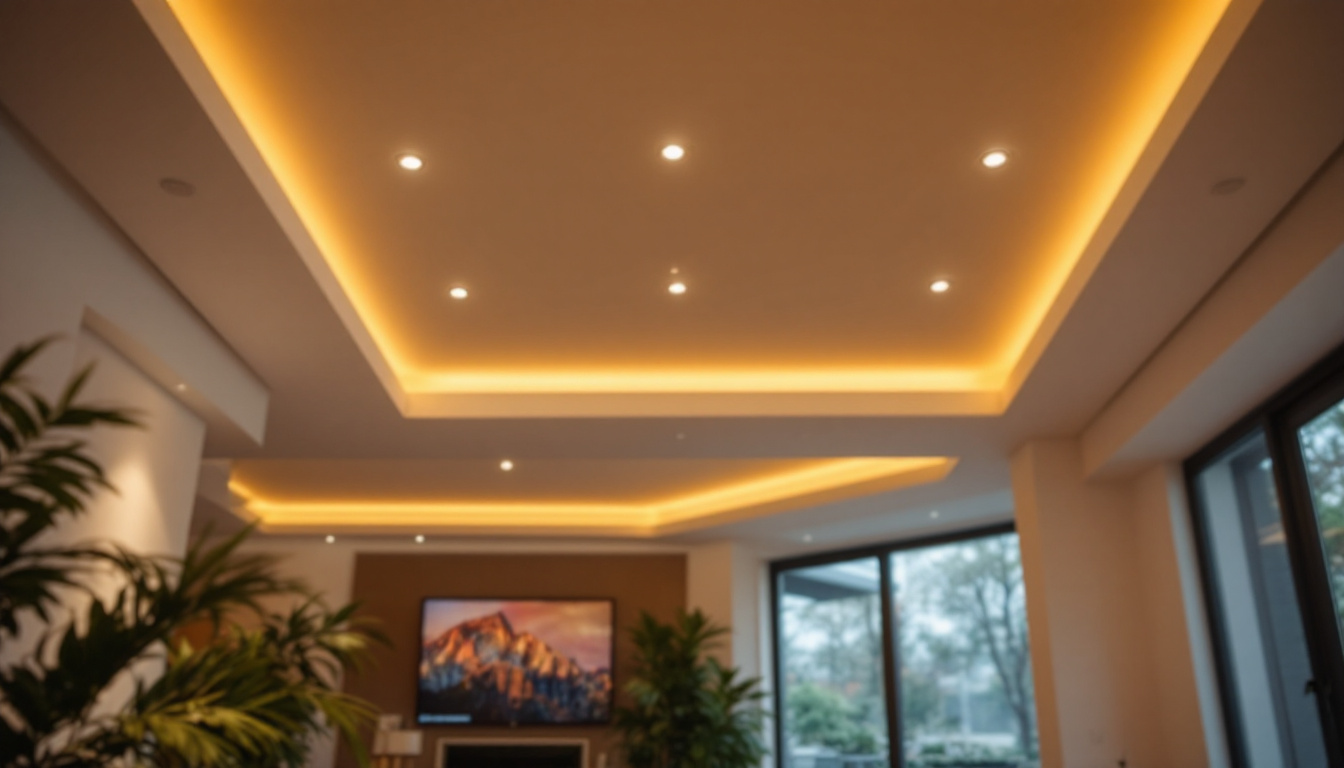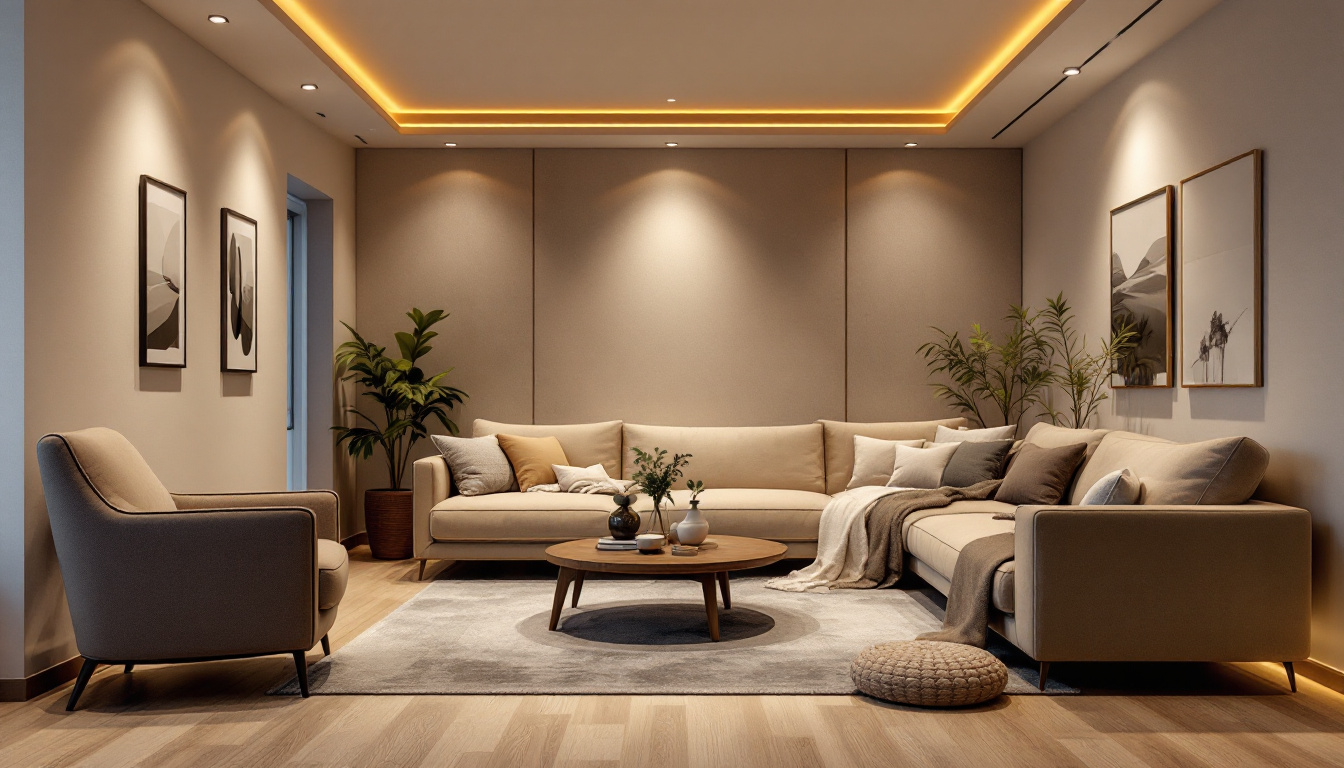
Lighting plays a crucial role in enhancing the aesthetics and functionality of outdoor spaces. For lighting contractors, understanding the best practices for outdoor wall lighting is essential to deliver quality installations that meet client expectations. This article delves into the various aspects of outdoor wall lighting, providing insights and guidelines that can help contractors excel in their projects.
Outdoor wall lighting serves multiple purposes, from illuminating pathways and enhancing security to accentuating architectural features. It is essential for lighting contractors to grasp the fundamental principles of outdoor wall lighting to create effective designs. This understanding not only leads to better installations but also fosters client satisfaction.
Outdoor lighting is not merely a functional necessity; it significantly contributes to the overall ambiance of a space. Properly designed lighting can transform a dull exterior into an inviting area, making it more enjoyable for gatherings or quiet evenings. Moreover, it enhances safety by illuminating walkways, steps, and other potential hazards. A well-lit outdoor space can also extend the usability of an area, allowing homeowners to enjoy their gardens, patios, or decks well into the evening hours. This not only increases the value of the property but also enhances the quality of life for its inhabitants.
Additionally, outdoor lighting can play a crucial role in highlighting landscaping features, such as trees, shrubs, and water elements. By strategically placing lights to cast shadows or create silhouettes, homeowners can add depth and interest to their outdoor spaces. This artistic approach to lighting design can turn an ordinary garden into a stunning visual display, captivating guests and passersby alike.
There are various types of outdoor wall lights available, each serving different functions. Wall sconces, floodlights, and lanterns are popular choices among contractors. Understanding the characteristics and applications of each type can help contractors recommend the best options to their clients.
Wall sconces, for instance, are ideal for creating a warm and welcoming atmosphere, while floodlights are better suited for security purposes. Lanterns can add a decorative touch, making them perfect for residential settings. By familiarizing themselves with these options, contractors can provide tailored solutions that meet specific client needs. Furthermore, energy-efficient options such as LED wall lights are becoming increasingly popular, offering both longevity and reduced energy costs, which can be a significant selling point for environmentally conscious clients.
In addition to these traditional options, smart outdoor lighting solutions are gaining traction in modern installations. These systems allow homeowners to control their outdoor lighting remotely, adjusting brightness levels or setting schedules via smartphone apps. This not only enhances convenience but also allows for greater customization of outdoor spaces, enabling homeowners to create the perfect ambiance for any occasion. As technology continues to evolve, contractors must stay informed about these advancements to provide cutting-edge solutions that meet the demands of today’s clients.
When it comes to installing outdoor wall lights, adhering to best practices is crucial for achieving optimal results. This section outlines key considerations that lighting contractors should keep in mind during the installation process.
Before installation, a well-thought-out layout is essential. Contractors should assess the area to determine the best locations for the lights, considering factors such as the purpose of the lighting, the height of the walls, and the surrounding landscape. A balanced distribution of light can create a harmonious effect, avoiding overly bright or dark spots.
In addition, contractors should take into account the proximity of the lights to other structures or features. For instance, placing lights too close to trees or shrubs may result in obstructed light, diminishing their effectiveness. A comprehensive plan will ensure that the installation meets both aesthetic and functional requirements. Furthermore, it’s beneficial to consider the seasonal changes in the landscape; for example, deciduous trees will lose their leaves in the fall, which may alter the effectiveness of the lighting. Planning for these variations can enhance the overall effectiveness of the lighting throughout the year.
Selecting the appropriate fixtures is another critical aspect of outdoor wall lighting. Contractors should consider the style and design of the property, ensuring that the fixtures complement the architecture. For modern homes, sleek and minimalist designs may be more suitable, while traditional properties might benefit from ornate fixtures.
Durability is also a significant factor, as outdoor lights are exposed to various weather conditions. Choosing fixtures made from weather-resistant materials can prolong their lifespan and maintain their appearance over time. Contractors should also consider energy efficiency, opting for LED options when possible, as they consume less power and have a longer lifespan compared to traditional bulbs. Additionally, smart lighting options are becoming increasingly popular, allowing homeowners to control their outdoor lighting via smartphone apps or voice commands. This not only adds convenience but also enhances security by enabling homeowners to adjust lighting remotely.
Proper installation techniques are vital for ensuring the functionality and safety of outdoor wall lights. Contractors should follow manufacturer guidelines closely, paying attention to wiring and mounting instructions. Additionally, using the right tools and equipment can facilitate a smoother installation process.
When mounting fixtures, it is essential to ensure they are securely attached to the wall to prevent any accidents or damage. Contractors should also consider the angle and direction of the lights, as improper positioning can lead to glare or insufficient illumination. Testing the lights after installation can help identify any issues that need to be addressed before completing the project. Moreover, incorporating dimmers or motion sensors can enhance both the functionality and energy efficiency of the lighting system. Dimmers allow for adjustable brightness levels, creating a customizable ambiance, while motion sensors can provide illumination only when needed, further conserving energy and enhancing security during nighttime hours.
Outdoor wall lighting is not just about functionality; it also plays a vital role in enhancing the visual appeal of a property. By employing creative lighting techniques, contractors can elevate the overall design and atmosphere of outdoor spaces.
Layered lighting involves combining different types of lighting to create depth and dimension. For outdoor wall lighting, this can include ambient, task, and accent lighting. Ambient lighting provides general illumination, while task lighting focuses on specific areas, such as pathways or seating areas. Accent lighting highlights architectural features or landscaping elements, adding visual interest.
By skillfully layering these lighting types, contractors can create a dynamic outdoor environment that is both functional and aesthetically pleasing. For instance, using wall sconces for ambient lighting while incorporating spotlights to accentuate garden features can create a balanced and inviting atmosphere.
Color temperature and texture can significantly influence the mood of outdoor spaces. Warm white lights tend to create a cozy and inviting ambiance, while cooler tones can offer a more modern and sleek feel. Contractors should consider the desired atmosphere when selecting light colors, ensuring they align with the overall design vision.
Texture also plays a crucial role in outdoor lighting. Fixtures with interesting textures can cast unique shadows and patterns on walls, adding an artistic element to the space. By experimenting with different textures and colors, contractors can enhance the visual appeal of outdoor areas, making them more engaging for users.
Lighting contractors often encounter challenges when working with outdoor wall lighting. Understanding these common issues and knowing how to address them can lead to more successful installations and satisfied clients.
Glare is a common issue in outdoor lighting, often resulting from improperly positioned fixtures or overly bright bulbs. It can be uncomfortable for users and detract from the overall experience of the space. To minimize glare, contractors should carefully consider the placement and angle of the lights, ensuring they are directed away from areas where people will be present.
Using fixtures with built-in shields or diffusers can also help reduce glare. These features soften the light output and create a more pleasant illumination experience. Additionally, selecting bulbs with appropriate brightness levels can contribute to a more comfortable lighting environment.
Outdoor lighting installations must withstand various weather conditions, from rain to extreme temperatures. Contractors should choose fixtures that are rated for outdoor use and made from durable materials to ensure longevity. Proper sealing and weatherproofing techniques are also essential to protect wiring and electrical components from moisture and corrosion.
Furthermore, it is advisable to regularly inspect outdoor lighting systems for any signs of wear or damage. Proactive maintenance can prevent potential issues and ensure that the lighting remains functional and visually appealing over time.
Outdoor wall lighting is an integral aspect of enhancing the beauty and functionality of outdoor spaces. By adhering to best practices in planning, installation, and design, lighting contractors can deliver exceptional results that meet client needs. Understanding the various types of fixtures, employing creative lighting techniques, and addressing common challenges will set contractors apart in a competitive market.
Ultimately, the goal is to create outdoor environments that are not only well-lit but also inviting and enjoyable. By mastering the art of outdoor wall lighting, contractors can contribute to the overall satisfaction of their clients while showcasing their expertise in the field.
Ready to elevate your outdoor wall lighting projects with the finest fixtures on the market? Look no further than LumenWholesale, where we offer an extensive range of spec-grade lighting products at unbeatable wholesale prices. Say goodbye to local distributor markups and hello to superior lighting solutions that meet the highest industry standards. With LumenWholesale, you can enjoy the convenience of bulk buying with free shipping, ensuring you get premium lighting at the best value — without hidden fees. Don’t compromise on quality or affordability. Discover wholesale lighting at the best value today and light up your outdoor spaces with confidence.

Discover expert insights from lighting contractors on optimizing your space with recessed ceiling light fixtures.

Discover the must-have yard light pole tools that every lighting contractor needs to enhance outdoor spaces.

Discover the key factors that distinguish top lighting contractors in the LED strip industry.

Discover how LED technology for recessed lighting can transform your business and help you secure more contracts.